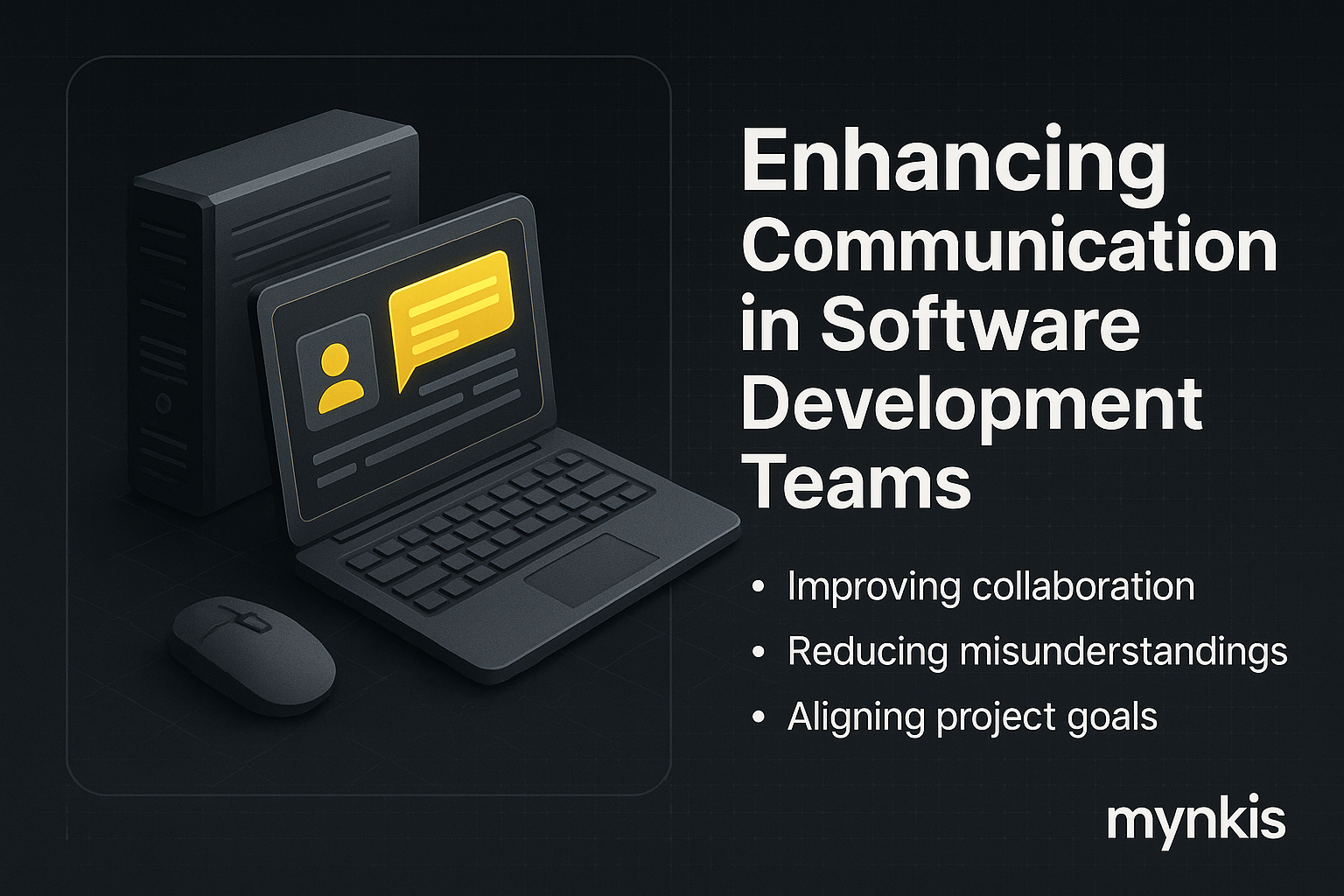Schedule a Demo
In my experience with operations managers at various health institutions, the importance of seamless communication within software development teams cannot be overstated. Efficient communication is essential in delivering compliant, secure websites and software, particularly for patient portals and data management systems. Drawing from practices advocated by leaders like Agile Alliance, embracing open dialogue across all project stakeholders guarantees a smooth workflow, higher project completion rates, and, most importantly, systems that meet your specific healthcare needs.
Why Communication Matters: In a sector where data integrity and patient confidentiality are paramount, effective team communication helps avoid costly errors and ensures regulatory compliance. Consider the potential risks if a team misinterprets specifications or overlooks critical security features due to poor communication.
Effective communication helps in establishing clear expectations. When the development team understands what the business and its patients need, they are better equipped to tailor solutions that align with your clinic's or hospital's requirements. This clarity reduces back-and-forth, which is particularly important when managing sensitive patient data.
In my work, I've seen the transformative impact of utilizing contemporary collaboration tools such as Slack and Microsoft Teams on software projects. These platforms facilitate immediate, focused communication, essential for discussing updates on patient portals or resolving issues with data management systems in real-time.
Moreover, tools like Jira can help track project progress, ensuring everyone from the developers to the management knows the status of software development milestones. An organized, transparent workflow promotes trust and accountability among team members, crucial when dealing with enterprise-level software solutions.
The daily stand-up meetings, a staple of Agile development methodologies, offer another layer of communicative efficiency. These quick huddles keep everyone aligned on the day's priorities, ensuring that critical tasks related to compliance and security are addressed without delay.
Despite clear advantages, effective communication is often hampered by remote work or misaligned project goals. The lack of in-person interactions can lead to misunderstandings or feelings of isolation among team members. To counteract this, consider strategies like periodic video calls and virtual retreats to foster a sense of community and continuity in project focus.
Misalignment on project goals is another common pitfall. Establishing clear, documented objectives at the project's onset, and revisiting these objectives throughout the development cycle, can help keep everyone on the same page. Remember, in healthcare, where the stakes are high, goal alignment ensures the final product remains compliant and secure.
Consider the case of a regional hospital that had struggled with integrating its patient management system with its website. The project faltered due to internal miscommunications about data security standards. Following my advice, they implemented Agile practices and tools, creating a space for regular team sync-ups and providing clearer roadmaps for the project's security features.
The result? A smoothly integrated, secure patient management system that not only met HIPAA standards but also drastically reduced downtime and user errors. This illustrates how improved communication directly correlates with better outcomes in software designed for healthcare.
Looking ahead, the integration of AI and machine learning in communication tools promises to take team interactions to a new level. From predicting when a team member might need assistance to automatically generating detailed meeting notes, these advancements could alleviate some communication burdens.
Yet, the human element remains irreplaceable. Balancing technology with an emphasis on personal engagement and trust-building is crucial. In my view, the future holds a hybrid model where technology augments but does not replace, the human connections essential in crafting health-focused software solutions.
Ultimately, investing in robust communication strategies pays dividends. Not only does it ensure the development of compliant and secure software, but it also fosters a collaborative environment where creativity and efficiency thrive—key for delivering enterprise-level solutions in the healthcare sector.
Based on available research and my own experiences working with healthcare institutions, these methods can significantly enhance the communication within software development teams. Individual results may vary, but the principles discussed here are rooted in successful practices across the industry. Engaging with technology leaders and keeping up to date with best practices can further refine and optimize your approach to software development in healthcare.
Whether your clinic or hospital is looking to update a patient portal or manage sensitive patient data more effectively, enhancing your software development team’s communication can lead to more impactful solutions. Healthcare innovation thrives on a foundation of clear, open dialogue between stakeholders, and implementing these communication strategies is a step toward that goal.
